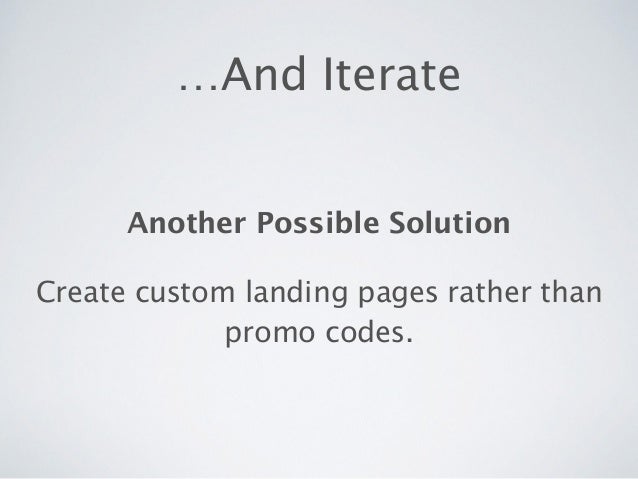

It can precisely draw the limit between reliable facts and random noise. color dispute and fact is most painters actually use both techniques to create masterpieces. So what? Opposing quantitative to qualitative is very much like the line vs. They don't take the time to quantify the impact of acting upon the Insight they just uncovered and then wonder why business leaders are not that excited. Another problem with pure qual thinkers is that once they come across an Insight, they think this is it, job done. When done well however, qualitative research is the smartest way to answer the "why" and the "what if", which in no time can be turned into a actionable recommendations. Ultimately, known facts are confirmed and potentially disruptive opinions are ignored, creating the perception that qualitative research is a waste of time and resources. "He's one of a kind", "He's certainly an outlier" "He's not a key customer". "That's it!", "I knew it!" "You see?" Funny enough, they tend to react very differently when listening to a more challenging customer. I know my customers best - Whoever already attended qualitative interviews or focus groups in a central facility "behind the one-way mirror" had once the pleasure of hearing his/her marketing colleague express their satisfaction when listening to one customer already convinced about their product. Assumptions are beliefs, hypotheses are to be tested against facts.

Some call it creating the illusion of precision. In other words they create new artificial facts and officially elevate "gut-feel" at the same level as robust science.

Again no problems, analysts will estimate the missing data points based on what they otherwise know (they triangulate) and then apply another set of assumptions to the newly created metric. My favorite one is when some of the required data to feed the model are not available. What if it doesn't? No problems, then we plug "key forecasting assumptions". Whether static or dynamic, forecasting models fed with robust quantitative data will get you pretty close to your actual revenues "if the market behaves as it always has". The Fact Factory - Another great thing with quantifiable metrics is that you can also fit them into a forecasting model. By the way, what's driving treatment initiation? Ok, let's pretend that matters. I don't know what was most ironic between the fact that the lead consultant was proud of what they found or that the project sponsor was actually 'wowed' by the outcome. After thorough analysis of large data sets and applying sophisticated statistical modelling (and expensive consulting hours), the main conclusion was that the stronger predictor of future performance was dynamic patient share (or the share of eligible patients being initiated on their therapy at a given point in a time). A large biopharma organization once mandated a renowned big data firm to look for lead performance indicators of one of their key growth products. How inspiring is the fact that the google search frequency of a given car model is a predictor of its future sales !? A great lead indicator that should not be overlooked by whoever wants to know where his/her business is leading to. By applying advanced statistics, one can identify patterns and trends, some of which even have predictive power.

Quantitative data - more please! The beauty of quantitative data is that they exit in large quantities, can be structured and easily processed in a systematic manner. I cannot help but feeling sorry for the author of this article who probably never experienced good qualitative market research. I was recently intrigued reading an article by a leading consulting firm pretending that "focus groups are not typically known for generating high-quality insights about customers". color over years, data analysts including some from the most prominent consulting firms are claiming the superiority of quantitative vs. Like painters have been historically debating the centrality of line vs.


 0 kommentar(er)
0 kommentar(er)
